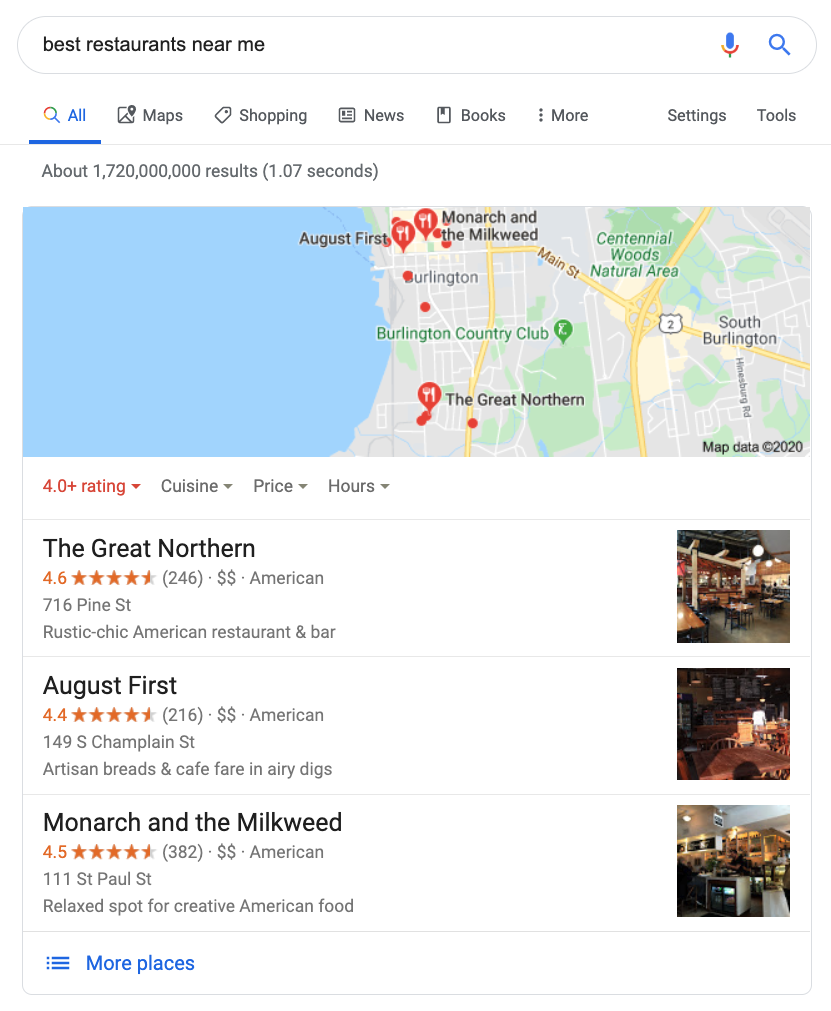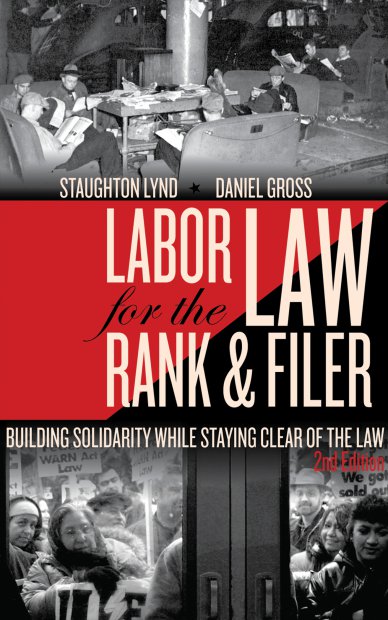What Happens When You Get Sued for a Car Accident?
If you’ve been involved in a car accident, you may be wondering what happens if you get sued. Getting slapped with a lawsuit after a car accident can be a daunting and stressful experience, leaving you wondering what to do next. Fear not, we’ll guide you through the process, explaining what to expect and what steps you should take to protect your rights.
What To Do When You Get Sued For A Car Accident
Time is of the essence when you’re served with a lawsuit. Don’t sit on it; take immediate action. First things first, read the lawsuit carefully to understand the claims against you. If you’re confused or overwhelmed by the legalese, don’t hesitate to consult an attorney for guidance. They can help you decipher the lawsuit and advise you on your options.
Once you’ve wrapped your head around the lawsuit, you’ll need to respond within the specified timeframe. Typically, you have 20 to 30 days to file a response. Failure to respond could result in a default judgment against you, so don’t ignore the lawsuit or procrastinate. Your response should address the allegations in the lawsuit, admitting or denying them as appropriate.
If you admit to the allegations, the court will move forward with the case. You may be required to provide additional information or documentation to support your admissions. On the other hand, if you deny the allegations, the case will proceed to discovery, where both parties exchange information and evidence related to the accident.
Discovery can be a lengthy and involved process, involving depositions, interrogatories, and requests for documents. Your attorney will guide you through this process, ensuring that you comply with all legal requirements and protect your interests. Once discovery is complete, the case may proceed to mediation or trial, where a judge or jury will determine the outcome.
Navigating a lawsuit can be a complex and challenging process, but it’s essential to remember that you have rights and options. By taking prompt action, understanding the process, and seeking professional guidance when needed, you can protect your interests and navigate this legal maze effectively.
What Happens When You Get Sued for a Car Accident?
Getting sued for a car accident can be a stressful and confusing experience. If you find yourself in this situation, it’s important to understand what to expect and how to protect your rights.
One of the first things you should do is contact your insurance company. They can provide legal counsel and cover the costs of your defense. Your insurance company will also work to negotiate a settlement with the plaintiff (the person who is suing you).
Assess the Complaint
Once you’ve been served with a lawsuit, you’ll need to review the complaint carefully. The complaint will outline the plaintiff’s claims against you and the damages they are seeking. It’s important to understand the allegations against you so that you can prepare your defense.
If you don’t understand something in the complaint, don’t hesitate to ask your attorney for clarification. You should also keep in mind that the complaint is just one side of the story. You’ll have the opportunity to present your own side of the story in your answer to the complaint.
File an Answer
Once you’ve reviewed the complaint, you’ll need to file an answer with the court. Your answer will admit or deny the allegations in the complaint and set forth any defenses you have.
It’s important to file your answer within the time period specified in the complaint. If you don’t file your answer on time, the court may enter a default judgment against you. This means that the plaintiff will automatically win the case.
Discovery
After you’ve filed your answer, the discovery process will begin. Discovery is a process where both parties exchange information and documents related to the case. This can include interrogatories (written questions), requests for production of documents, and depositions (oral questioning under oath).
Discovery can be a lengthy and expensive process. However, it’s important to participate in discovery so that you can gather evidence to support your defense and identify any weaknesses in the plaintiff’s case.
Trial
If the case cannot be settled during discovery, it will go to trial. At trial, both parties will present their evidence and arguments to a judge or jury. The judge or jury will then decide who is liable for the accident and what damages the plaintiff is entitled to.
Trials can be stressful and unpredictable. However, if you’re prepared and have a strong defense, you have a good chance of winning.
What Happens When You Get Sued for a Car Accident?
Getting sued after a car accident can be a stressful and confusing experience. Here’s a breakdown of what to expect and what steps you can take to protect your rights:
Step 2: Hire an Attorney
After an accident, your insurance company may offer legal representation. But if they don’t, it’s crucial to hire an experienced attorney to guide you through the legal process. Look for an attorney who specializes in car accident litigation and has a successful track record. They can help you navigate the complexities of the legal system, protect your interests, and ensure you receive fair compensation.
Step 3: Gather Evidence
Gathering evidence is essential to support your case. This may include obtaining the police report, medical records, witness statements, photographs of the accident scene, and any other relevant documentation. Your attorney can help you gather and organize this evidence to present a strong case to the insurance company or court.
The burden of proof in a car accident lawsuit typically falls on the plaintiff, meaning the person who is suing you. They must prove that you were negligent and that their injuries or damages were a direct result of your actions. Your attorney can help you build a defense that challenges the plaintiff’s claims and mitigates your liability.
If the plaintiff prevails in their case, the court may order you to pay damages to cover their medical expenses, lost wages, pain and suffering, and other losses. The amount of damages awarded will depend on the severity of the injuries, the extent of their losses, and the degree of your fault. Your attorney can negotiate with the plaintiff’s attorney to reach a fair settlement or represent you in court if necessary.
Getting sued after a car accident can be a daunting experience, but it’s important to remember that you do have rights. By hiring an experienced attorney, gathering evidence, and understanding the legal process, you can protect your interests and seek a fair resolution. Don’t hesitate to seek legal help if you find yourself facing a lawsuit after a car accident.
What Happens When You Get Sued for a Car Accident?
If you are unfortunately involved in a car accident, you may find yourself on the receiving end of a lawsuit. Being sued for a car accident can be a daunting and confusing experience. Here’s a step-by-step guide to help you navigate this complex legal process.
Step 1: Contact Your Insurance Company
The first thing you should do when you get sued is contact your insurance company. They will be able to provide you with legal representation and help you understand the process. Your insurance company will also cover the costs of your legal defense up to the limits of your policy.
Step 2: Understand the Legal Complaint
Once you have been served with a lawsuit, you will need to take the time to understand the legal complaint. This document will outline the claims being made against you, the damages being sought, and the legal basis for the lawsuit. It is important to carefully review the complaint and make sure you understand the allegations.
Step 3: Respond to the Lawsuit
File a timely response to the complaint with the court. This response will typically be an answer or a motion to dismiss the case. You must file your response within the time period specified in the lawsuit, or a default judgment may be entered against you. A default judgment means the court will accept the plaintiff’s version of events as true and will award damages accordingly.
Step 4: Discovery
In the vast majority of car accident lawsuits, both sides engage in a process known as "discovery" in which they gather and exchange information and evidence related to the case. This process can be extensive and includes interrogatories (written questions), requests for production of documents, and depositions (sworn testimony). Discovery helps the parties understand the strengths and weaknesses of their cases. Depending on your local rules and the complexity of the case, discovery can last anywhere from a few weeks to several months or more.
Step 5: Settlement Negotiations
Once the discovery process is complete, the parties may begin settlement negotiations. This is where you and your insurance company will attempt to reach an agreement with the other party to resolve the lawsuit. Settlements are common, as they can save both parties time and money. However, if the parties cannot reach an agreement, the case will proceed to trial.
Step 6: Trial
If the case cannot be resolved through settlement, it will go to trial. At trial, the parties will present their evidence and arguments to a judge or jury. The jury will then decide who is liable for the accident and how much damages should be awarded. Trials can be stressful and unpredictable, and the outcome can have a significant financial impact on the parties involved.
What Happens When You Get Sued for a Car Accident?
Getting involved in a car accident is never a pleasant experience, and the consequences can be far-reaching. Beyond the immediate physical and emotional toll, there’s also the potential for legal repercussions. If the other party believes you’re responsible for their injuries or damages, they may decide to sue you.
Navigating a car accident lawsuit can be a daunting process. Here’s a detailed guide to help you understand the steps involved:
Step 1: Receive the Lawsuit
The first step is to receive the lawsuit, which will outline the claims against you and the amount of compensation being sought. It’s crucial to review the documents carefully and seek legal advice as soon as possible.
Step 2: Contact Your Insurance Company
Inform your insurance company about the lawsuit promptly. They will provide guidance on how to proceed and assign an attorney to represent you.
Step 3: Gather Information
Start gathering evidence that supports your case. This includes witness statements, police reports, medical records, and any other documentation that can demonstrate your version of events.
Step 4: Prepare Your Defense
Gather evidence, such as witness statements, police reports, and medical records, to support your defense. You may also want to consider hiring an accident reconstruction expert to analyze the crash scene and determine liability.
Step 5: Consider Mediation or Settlement
Before going to trial, consider exploring alternative dispute resolution methods like mediation or settlement. These processes involve a neutral third party who helps facilitate a resolution between the parties involved. Settlements can save you time, money, and stress, but it’s important to carefully consider the terms before agreeing to them.
If mediation or settlement are not successful, the case will proceed to trial. At trial, both sides will present their evidence and arguments to a judge or jury. The outcome of the trial will determine who is liable for the accident and the amount of damages awarded.
What Happens When You Get Sued for a Car Accident?
Being involved in a car accident is a stressful experience, and it can be even more daunting if you’re the one being sued. Here’s a step-by-step guide to what happens when you get sued for a car accident:
Step 1: Get Legal Help
The first step is to get legal help. An experienced attorney can guide you through the process, protect your rights, and help you get the best possible outcome.
Step 2: File an Answer
Once you’ve been served with a lawsuit, you have a limited time to file an answer. This is a legal document that explains how you plan to respond to the allegations.
Step 3: Discovery
During the discovery phase, both parties exchange information about the accident. This includes exchanging medical records, witness statements, and other relevant documents.
Step 4: Mediation
Mediation is a form of alternative dispute resolution where a neutral third party helps the parties reach a settlement. This can be a good way to avoid a costly and time-consuming trial.
Step 5: Negotiate a Settlement
Most car accident lawsuits are settled before trial. Your attorney will negotiate with the plaintiff’s attorney to reach a settlement that’s fair to both parties.
Step 6: Trial
If you can’t reach a settlement, your case will go to trial. A jury will hear the evidence and decide whether you’re liable for the plaintiff’s injuries and damages. This can be a risky proposition, as there’s no guarantee of what the jury will decide.
Step 7: Judgment
If the jury finds you liable, they will award damages to the plaintiff. These damages can include medical expenses, lost wages, pain and suffering, and other costs.
Step 8: Appeal
If you’re unhappy with the outcome of the trial, you can appeal the decision. However, this is a time-consuming and expensive process, and there’s no guarantee that the appellate court will overturn the jury’s verdict.
What Happens When You Get Sued for a Car Accident?
Getting sued after a car accident can be a stressful and confusing experience. The legal process can be complex, and the stakes can be high. you are not alone. Thousands of people are sued for car accidents every year. Here’s what you need to know about the process, and what you can do to protect your rights.
Step 1: Get Legal Help
The first step after being sued for a car accident is to get legal help. An experienced attorney can advise you of your rights and help you navigate the legal process. If you can’t afford an attorney, there are many legal aid organizations that can provide free or low-cost legal assistance.
Step 2: File an Answer
Once you have been served with a lawsuit, you will need to file an answer. An answer is a formal document that states your defenses to the lawsuit. You must file an answer within a certain amount of time, or the court may enter a default judgment against you.
Step 3: Discovery
After the answer has been filed, the discovery process begins. During discovery, both parties can request documents and information from each other. This process can be time-consuming and expensive, but it is essential for both parties to gather the evidence they need to support their case.
Step 4: Mediation
In some cases, the parties may be able to resolve their dispute through mediation. Mediation is a process in which a neutral third party helps the parties reach a settlement. Mediation is often less expensive and time-consuming than going to trial.
Step 5: Settlement Negotiations
If mediation is unsuccessful, the parties may engage in settlement negotiations. Settlement negotiations are an attempt to reach an agreement without going to trial. Settlement negotiations can be complex, and it is important to have an attorney represent you during this process.
Step 6: Go to Trial
If settlement negotiations fail, you may have to go to trial to present your case before a judge or jury. A trial can be a lengthy and expensive process, and the outcome is not always certain. If you go to trial, it is important to have an experienced attorney representing you.
Step 7: Appeal
If you are not satisfied with the outcome of your trial, you may be able to appeal the decision. An appeal is a request to a higher court to review the decision of the lower court. Appeals are complex and expensive, and they are not always successful.




Leave a Reply